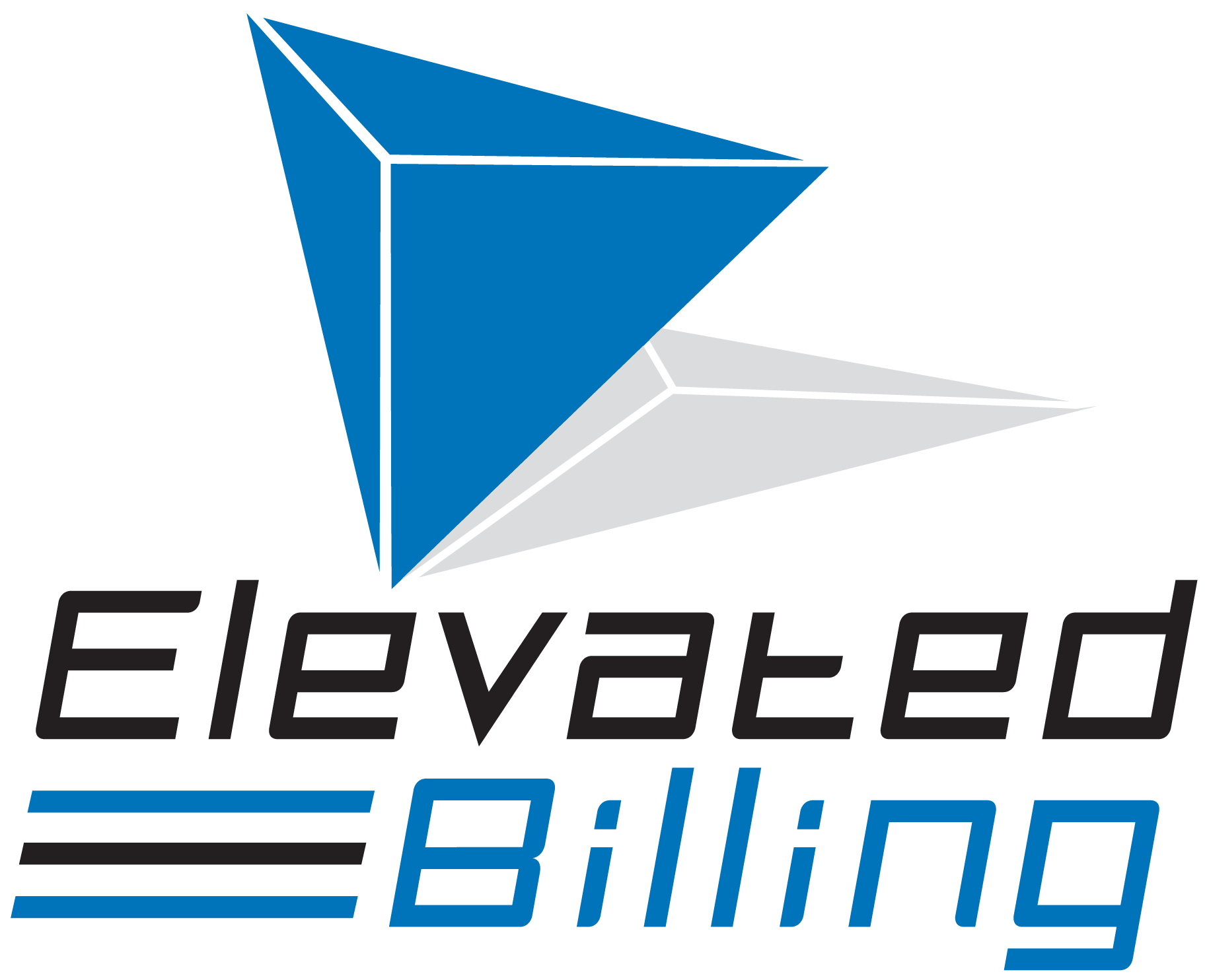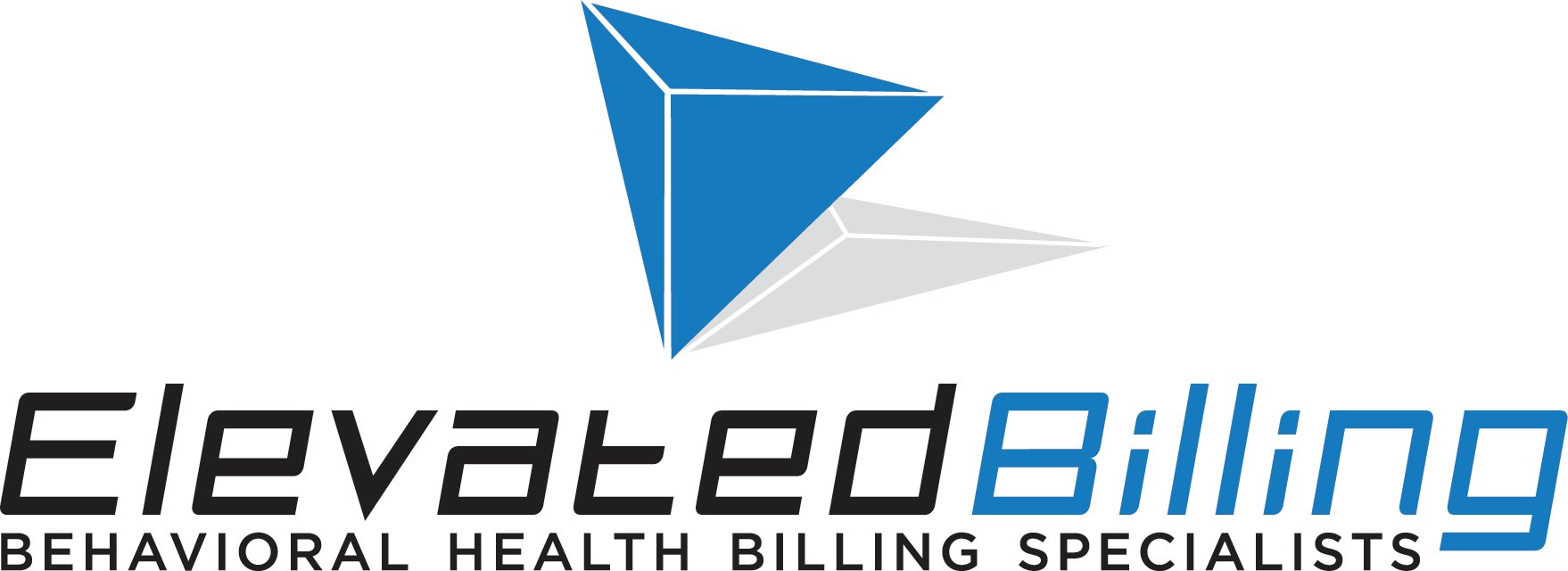What is the No Surprises Act?
The No Surprises Act (NSA) is part of the federal Consolidated Appropriations Act (CAA) signed into law in 2020. The NSA includes patient billing protections effective January 1, 2022. There has been a lot of discussion around the No Surprises Act and how it will impact behavioral health facilities and medical practitioners. The goal of this post is to explain the No Surprises Act in an easily digestible fashion which will help you, the provider, understand its overall impact on your facility and your daily life.

The No Surprises Act was written to protect both privately insured and uninsured individuals from surprise medical bills for care received from out-of-network medical providers or facilities.
The new legislation prohibits balance billing of patients for:
- Out-of-network emergency items and services.
- Out-of-network items and services provided at in-network facilities.
- Out-of-network air ambulance healthcare items and services.
This means that patients who use out-of-network facilities will only be responsible for traditional cost-sharing amounts that would be their responsibility if care had been provided in-network (i.e. deductible, copay, co-insurance).
Additionally, the No Surprises Act defers to existing state balance billing laws. There are currently thirty-three states with some form of legislation regarding balance billing. California has some of the most comprehensive balance billing protections already in place. In this case, the most significant change for behavioral health facilities refers to balance billing out-of-network services that were provided at an in-network facility (for self-funded insurance plans only.) What this means is that if you are an in-network facility and provide a separately billed service using an out-of-network provider; you cannot balance bill the patient for the out-of-network service.
Existing California laws trump all other aspects of the No Surprises Act. However, it should be noted that the new legislation does not apply to in-network facilities that bill per diem for services such as detox, residential treatment, partial hospitalization, and intensive outpatient.
This is because if the facility is in-network and the services are billed per diem, there is no differentiation between specific in/out-of-network providers since the facility, as-a-whole, is treated as the provider.
What are the Provisions of the No Surprises Act?
In addition to the legislation regarding balance billing, there are also four new provisions regarding transparency – the first of which applies to balance billing while the rest apply across the board.
The first provision concerns out-of-network notice and consent. This provision states that non-emergency out-of-network providers working at in-network facilities are excluded from the No Surprises Act (thus can both bill beyond in-network rates and balance bill) if they meet the following criteria:
- Provide good faith estimate of charge (this does not mean a contract) and notice that charges may not count toward cost sharing.
- Provide a list of in-network providers at in-network facility.
- Written acknowledgement signed by patient that they received the above information.
This does not apply to services provided when there is no in-network provider, diagnostic services, emergency medicine, anesthesiology, radiology, neonatology, or items furnished as the result of unforeseen circumstances.
The second provision is minor and states that ID cards must include deductible, out-of-pocket maximum limit, telephone number, and website for consumers. Most of this was already required and will only help encourage transparency.
The third provision requires payers to provide members with an advanced explanation of benefits for all services provided by providers and behavioral health facilities regardless of network status whenever an appointment is made. The procedure for this is as follows:
- Member schedules an appointment.
- Provider sends payer a good faith estimates of expected charges within 1 day if the appointment is fewer than 10 days away or within 3 days if more than 10 days away.
- Payer sends member advanced EOB within 1-3 days.
The advanced EOBs from the payer will include: the network status of the provider/facility, the provider’s estimate of services and billable rate, the cost sharing estimate (including the amount incurred toward deductible and out-of-pocket maximums), and generic disclaimers (e.g. the costs are based on an estimate and the final total may differ). Another important aspect is that it prohibits “gag clauses” in agreements between payers and providers that directly or indirectly restrict a health plan from disclosing provider-specific price, cost, or quality data to consumers. The exact extent of this is undefined and open to provider interpretation, allowing providers to place “reasonable restrictions” on the public disclosure of the information subject to the gag clause prohibition.
What does balance billing look like under the No Surprises Act?
Another piece of the No Surprises Act focuses on payment negotiation for out-of-network providers who are unsatisfied with the reimbursement they receive from an insurance company. Rather than allowing the facility to balance bill the patient for the difference, The No Surprises Act requires that the facility negotiate directly with the payer. If the behavioral health facility is still unsatisfied, they can open an Independent Dispute Resolution (IDR). The goal here is to remove any “surprise” financial burden from the patient.
At the end of this process, there is a winner and a loser. The IDR will side with one party or the other. The significance of this, aside from the payment determination, is that the “losing” party must pay the fees associated with the process for both parties.

What would the Independent Dispute Resolution (IDR) Process look like for my Facility?
- Within thirty days after you receive payment, you can either accept the payment or request negotiations with the payor. Expect negotiations to last up to thirty days.
- After thirty days of open negotiations, either party (typically the provider) has three days to initiate (IDR).
- The Independent Dispute Resolution (IDR) process consists of a third-party entity determining an appropriate payment offer. Five factors are used to determine the cost:
- Final payment offers from both parties
- The specific plan’s median in-network rate for the service area
- Any requested or submitted information
- Additional circumstances, such as provider experience and patient acuity
- Demonstrations of good faith from provider to enter into network agreements over the past four years
- All five of these factors are weighted equally by the IDR entity.
- It is important to note that billed charges, usual and customary rates, and Medicare/other government payor rates are not considered in the IDR entity’s determination.
Does the No Surprise Act apply to me?
The ban on surprise medical bills may affect behavioral health practitioners who work in hospitals or other facilities and serve out-of-network patients. This is especially true for those who work in emergency services. However, most behavioral health providers will only be affected by the requirements for good-faith cost estimates.
If you’re a private practitioner working alone or at a group practice, you must still ensure that you and your practice are in compliance with cost estimate requirements (Good Faith Estimate or GFE). Be prepared to show these estimates to all current and future clients who are uninsured or self-pay. They must be delivered before clients receive the service, and clients can request an estimate before scheduling any service at all.
What is the Good Faith Estimate?
The good faith estimate (or GFE) is a notification that outlines an uninsured (or self-pay) individual’s expected charges for a scheduled or requested item or service. Providers and facilities must give this estimate to an uninsured (or self-pay) individual (or their authorized representative) who requests it or who schedules an item or service. The good faith estimate will also include items or services reasonably expected to be provided along with the primary item(s) or service(s), even if the individual will receive the items and services from another provider or another facility. These requirements are applicable for good faith estimates requested on or after January 1, 2022 or for good faith estimates required to be provided in connection with items or services scheduled on or after January 1, 2022.
What does a GFE Include?
A good faith estimate issued to an uninsured (or self-pay) individual must include:
- Patient name and date of birth
- Description of the primary item or service in clear and understandable language (and if applicable, the date the primary item or service is scheduled)
- Itemized list of items or services, grouped by each provider or facility, reasonably expected to be furnished for the primary item or service, and items or services reasonably expected to be furnished in conjunction with the primary item or service, for that period of care including both:
- Items or services reasonably expected to be furnished by the convening provider or convening facility for the period of care
- Items or services reasonably expected to be furnished by co-providers or co-facilities.
- Applicable diagnosis codes, expected service codes, and expected charges associated with each listed item or service
- Name, National Provider Identifier, and Tax Identification Number of each provider or facility represented in the good faith estimate, and the state(s) and office or facility location(s) where the items or services are expected to be furnished by such provider or facility.
![]()
How does the NSA Apply to Insured and Uninsured Patients?
Some requirements also apply to providers and facilities with respect to uninsured (or self pay) individuals, like requirements that providers and facilities provide good faith estimates for scheduled care, or upon request. Requirements under the No Surprises Act don’t apply to beneficiaries or enrollees in Medicare, Medicaid, Indian Health Services, Veterans Affairs Health Care, or TRICARE. These programs have other protections against high medical bills. The protections also don’t apply to short-term limited duration insurance (STLDI), excepted benefits, or retiree-only plans; or account-based group health plans. If you exclusively serve clients with coverage from one or more of these programs, the new ruling should not affect you.
Will my billing procedures change under the No Surprises Act?
The No Surprises Act does not have a large impact on the billing and collections process for most behavioral health facilities. Additionally, in California – given its current balance billing consumer protections – the act only adds new legislation for out-of-network providers rendering services at an in-network facility for self-funded plans which is relatively uncommon.
The No Surprise Act will have a direct impact on transparency provisions. The third provision regarding advanced EOBs will likely increase cost transparency with patients and could prove beneficial to behavioral health facilities. As payers roll out the new policies, we will have a better understanding of the Act and its impact on behavioral health facilities and healthcare.
How can my Facility comply with NSA and GSE requirements?
CMS has not come out with specific compliance regulations as of yet or what the violation will be for not following. Your Facility or Practice simply needs to make sure to keep track of Good Faith Estimates for all current and future patients, and a record of who has received a GFE. See the end of this blog article for a FREE downloadable PDF including GFE tracking examples and checklists!
So should you be worried by this change? The big picture takeaway is that you should not panic or get upset if you can’t immediately figure out all the details of the new GFE requirements. Instead, make a good faith effort to comply—with the guidance and resources we are providing and will continue to provide.
Based on how APA has seen the Centers for Medicare and Medicaid Services (CMS) roll out similarly complex requirements for providers (e.g., HIPAA and Information Blocking/Open Notes), APA expects that CMS will delay hard enforcement until providers have had some time to figure out implementation, and APA expects CMS and other regulators to apply a softer, educational touch where providers have made a good faith effort to comply, even if they get some details wrong.
Until CMS develops further enforcement guidance, APA’s view is that the main risk to psychologists will be in cases where actual costs for services to a patient exceed the latest GFE by over $400, triggering the patient’s right to initiate dispute resolution. This can be avoided by tracking patient billing in conjunction with your GFE so the two can be compared.
![]()
Good Faith Estimate Checklist for Behavioral Health Providers:
Here are the steps other behavioral health practices are taking to remain compliant with the No Surprises Act:
- Determine whether new patients are insured and if they plan to bill their insurance for your services. If they will not be using insurance, deliver detailed cost estimates, both orally and in writing. The cost estimate should:
- Clearly describe the services you will provide.
- Itemize every component of the service that you will charge for. If a patient has scheduled regular, recurring sessions, clearly state the frequency and duration of sessions scheduled and the cost per session. You do not need to include follow-up services if they will be scheduled separately from the initial service (follow-ups will require their own separate cost estimate at the time of scheduling).
- For every item on the list, include the expected charge as well as the associated procedure code.
- Include a disclosure notice at your practice and on your website clearly stating the availability of cost estimates to uninsured and self-pay patients.
- If fees change, update your clients’ good faith estimates before their next service.
- It’s a good idea to have uninsured/self-pay patients sign a document affirming that they have received a good faith estimate. We recommend taking this a step further and providing good-faith cost estimates to all clients, regardless of insurance status, to cover your bases and provide a consistent workflow for your practice.
- Behavioral health practices should also consider creating a fee agreement that clearly lays out your fees and have all patients sign it before treatment begins as part of your intake process. While this is not required as part of NSA, it is a recommended best practice to have a signed fee agreement on file for each patient to aid in the billing process.
Conclusion:
The final provision of the No Surprises Act is a price/cost comparison tool which must be provided by payers to participants through an internet-based, self-service tool, by paper on request and over the telephone.
In the meantime, our Elevated Billing Team is ready to help keep your facility in compliance with the No Surprises Act and avoid any significant revenue loss. Contact us for more information!
Resources:
https://www.cms.gov/nosurprises
https://www.apaservices.org/practice/legal/managed/billing-disclosure-requirements
https://www.cms.gov/nosurprises/Ending-Surprise-Medical-Bills
https://www.cms.gov/nosurprises/consumer-protections/Understanding-costs-in-advance
https://www.dol.gov/newsroom/releases/ebsa/ebsa20210930
Keep your facility in compliance with our GFE Tracking Factsheet and Checklist!
Download for FREE here:



